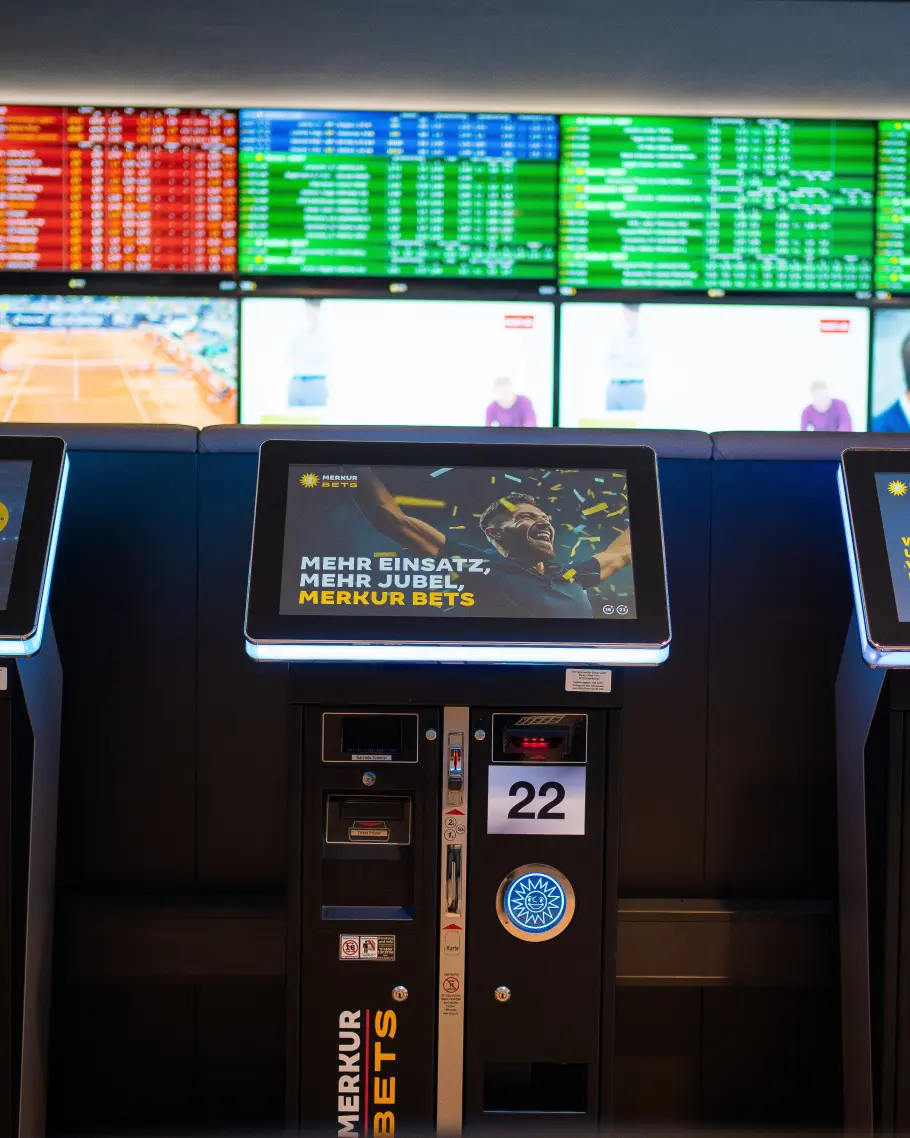
🎁 Value Bet
More than luck: Discover the principle of the Value Bet – our guide explains how to read odds & spot value.
Ever had the feeling that an odd just seems too good to be true? That’s exactly where the game with real value begins – the principle of the Value Bet. Whether you’re a beginner or a pro: here’s how to find value bets and combine gut instinct with smart analysis.
Quick Check in 20 Seconds: What is a Value Bet?
The goal: you want to find bets where your assessment is more realistic than the market’s.
If you believe that an event is more likely to happen than the odds suggest – that’s what we call a Value Bet.
The principle: every odd hides an implied probability. The formula:
1 ÷ odd = market probability.
If your own estimate is higher, value is created – a measurable advantage.
How strong is that advantage? That’s where the EV (Expected Value) comes in – it shows whether your bet has positive long-term potential.
A positive EV means: your calculation has statistical tailwind.
In short: Value Betting means evaluating chances correctly – not relying on luck.
Value Bet Explained: When Odds Suddenly Make Sense
What sounds like a financial term at first is actually the heart of smart sports betting: Value Betting.
The term combines “Value” and “Betting” – literally “a bet with value”.
So, when you believe the real probability of winning is higher than the odds imply, you’re quite literally getting more value for your stake. Or more casually:
“I’ve found a bet that pays out better than it should.” Boom – that’s a Value Bet!
Step-by-Step Plan: How to Find Profitable Value Bets
Step 1 – Assess
Before diving into numbers, start with analysis: form, motivation, injuries, rhythm – especially in football, such details often make the difference.
Example:
Borussia Dortmund face Stuttgart. The favourite looks tired after a Champions League game, while Stuttgart are fresh. You rate Stuttgart’s winning chance at 40%, while the odds (3.00) reflect only 33%.
This difference reveals potential value – your insight detects what the market underestimates.
Step 2 – Compare
In sports like ice hockey, where line-ups or goalie changes are confirmed late, watching the odds is even more worthwhile. Every odd contains an implied probability (1 ÷ odd) – and that’s where your edge begins.
Example:
Odds for the Eisbären Berlin to win are 3.20 (≈31%). You rate their chance at 45% because the opponent is missing key players.
Translation: Value found! Your analysis spots a mismatch between expectation and reality – and that’s your measurable edge.
Step 3 – Calculate
In tennis, odds play an even greater role since probabilities shift quickly. With Expected Value (EV), you can measure your advantage and see whether your reasoning holds long term.
Example:
Player A’s odd: 2.40 (market probability 41.7%).
Your estimate: 55% chance to win.
EV = (0.55 × 2.4 × €10) – (0.45 × €10) = 13.20 – 4.50 = +€3.70 → positive EV
Conclusion:
A positive EV shows your calculation has statistical support – the core of Value Betting.
Step 4 – Decide
Timing can be everything – especially in basketball: pace, rotation, form – all can change the value. Not every small deviation justifies a bet. The key is knowing when the market truly offers value.
Example:
Your team plays at home, the opponent had an away game last night. You estimate a 60% win chance, the odds are 1.95 (≈51%).
There’s a gap – but not big enough for true value.
In short: patience pays off. Sometimes the smartest move is to wait for the right opportunity.
Insider Knowledge: Kelly Criterion & CLV in Value Betting
If you want to place value bets successfully over the long term, two key concepts matter:
the Kelly Criterion and CLV (Closing Line Value).
The Kelly Criterion helps you size your stake optimally based on your estimated risk – neither too aggressive nor too cautious.
CLV, on the other hand, shows how good your assessment really was: if the odds move against you after you bet, it means you beat the market.
In short: Kelly tells you how much – CLV tells you how good.
The MERKUR Value Bet Model to Take Away
Sometimes, a short reminder helps to keep the essence of Value Betting in mind.
The V.A.L.U.E. model sums it up in five key points:
V – Verify: Check if the odds match reality.
A – Analyse: Study data, form, and key factors.
L – Locate: Find the gap between market and assessment.
U – Understand: Calculate expected value (EV) – but stay realistic.
E – Evaluate: Learn from your bets and improve your routine.
In the end, it’s not luck that matters, but understanding.
Those who see the value behind an odd play differently – more consciously, more in control, and smarter.
Because the true art of betting lies in the Value Bet – that moment when knowledge and instinct align.
Let’s play it smart!
FAQ on Value Bets
What is a Value Bet – in simple terms?
A Value Bet is a bet where your assessment is more accurate than the market’s. If you believe the real chance of winning is higher than the odds suggest, you’ve found value – a statistical advantage.
How do I find Value Bets?
By realistically assessing probabilities and comparing them with the odds. If your estimated probability is higher than the implied one (1 ÷ odd), there’s value.
Are high odds always Value?
No. High odds usually mean lower likelihood. A Value Bet only exists when the odds are *too high* in relation to the true probability – not just because they look big.
What are the most common Value Betting mistakes?
Value Betting requires patience and structure – that’s where many fail. Common mistakes include:
- Poor analysis or unchecked assumptions
- No staking plan or poor money management
- Emotional betting instead of data-driven choices
- No documentation or evaluation
- Chasing every small odds difference as “value”
Value Betting only works with a cool head, a clear system, and long-term thinking.
How do I calculate EV (Expected Value)?
Use this simple formula: **EV = (Probability × Odd × Stake) – ((1 – Probability) × Stake)** A positive EV means your bet can be profitable in the long run – a negative EV shows it’s not worth the risk.




